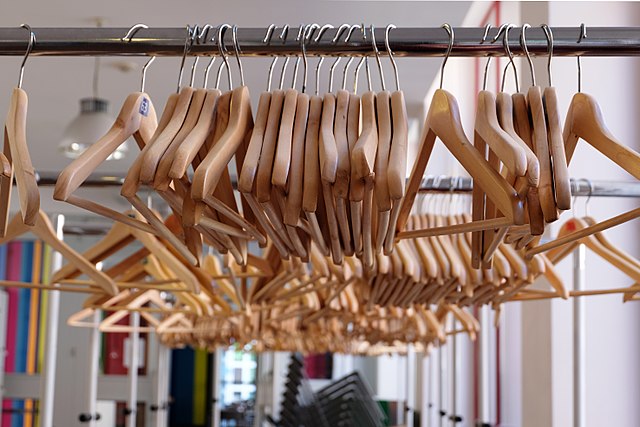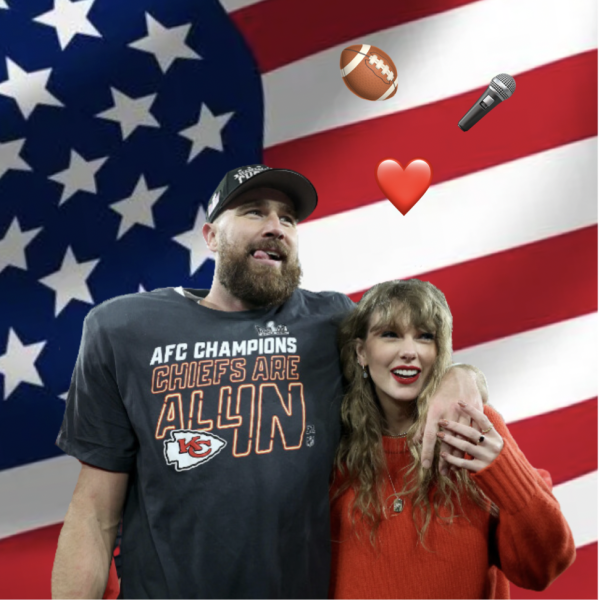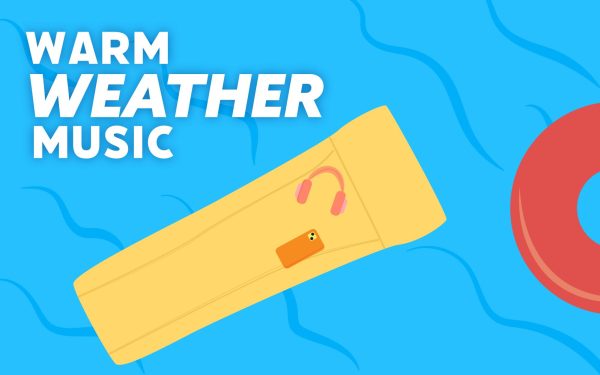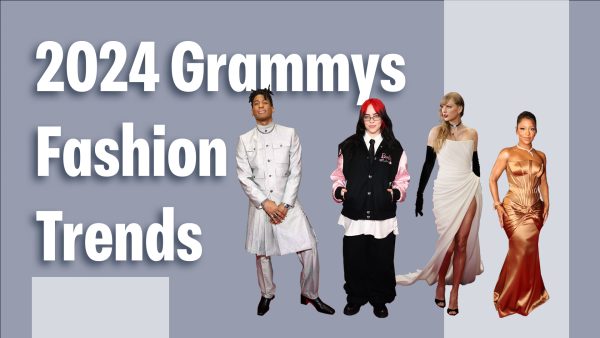Everything in moderation — even thrifting
If I buy one pair of jeans from Shein that I wear regularly for years, I am being more sustainable than if I buy multiple pairs from the thrift store that I wear once and leave to sit in my closet.
January 28, 2022
I recently made a new TikTok account. As the algorithm tried to figure out what I liked, I saw countless “thrift hauls,” which consisted of people showing the piles and piles of clothes they picked up during their latest trip to the thrift store.
I am guilty of doing the same. I’m not posting it on TikTok, but it’s pretty similar when I FaceTime my mom to show her the seven “new-to-me” items I spent only $20 on at Savers.
Thrifting is continuing to grow in popularity, with about 18 percent of Americans shopping at thrift stores during any given year. 1 in 3 consumers attribute their thrifting habits to the fact that they care about sustainability.
How can one be sustainable, however, when they over consume?
Overconsumption is “where the use of resources has outpaced the sustainable capacity of the ecosystem.” We see overconsumption most from the current popularity of “hauls” on sites such as TikTok. The average American spends $1,866 on clothing annually.
There are a lot of misconceptions when it comes to sustainable shopping. Shaming people for where they shop is increasingly common. If you shop from fast fashion sources such as Shein or Fashion Nova where clothing is cheaply mass-produced, you are likely to be looked down upon by sustainability influencers who see thrifting as the ultimate sustainable source.
The source doesn’t matter as much as how much you are purchasing. If I buy one pair of jeans from Shein that I wear regularly for years, I am being more sustainable than if I buy multiple pairs from the thrift store that I wear once and leave to sit in my closet.
The average American throws away around 82 pounds of clothing each year. Donating these clothes wouldn’t exactly solve the issue either; it’s estimated that only 20 percent of clothes at thrift stores actually get sold.
Overconsumption, in any capacity, also leads to the purchase of things that are simply unnecessary. The drive to buy one of a kind items leads to the idea that every “cool” thing you find needs to be bought so you can show it off.
I once bought the coolest “one-of-a-kind” vintage heels that I never wore, and ended up getting rid of them after they sat in my closet for two years, because I hate wearing heels.
Shopping is not a habit anyone should need to stop themselves from indulging in. Thrifting and browsing the internet for new clothes is fun and can be a great form of expression! But next time you’re browsing your favorite thrift store or perusing your local mall, take a step back and think, “Will I really wear this?”



















